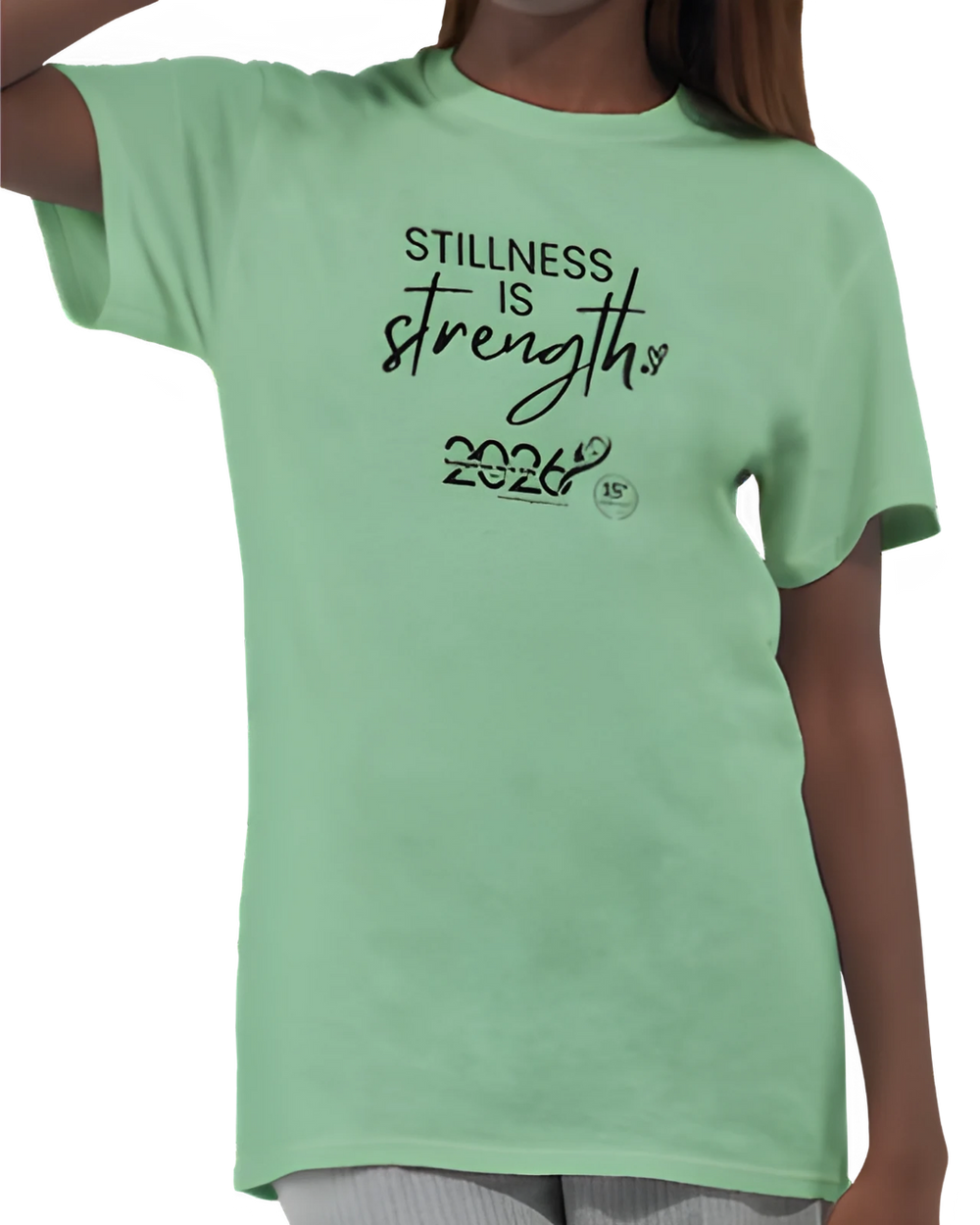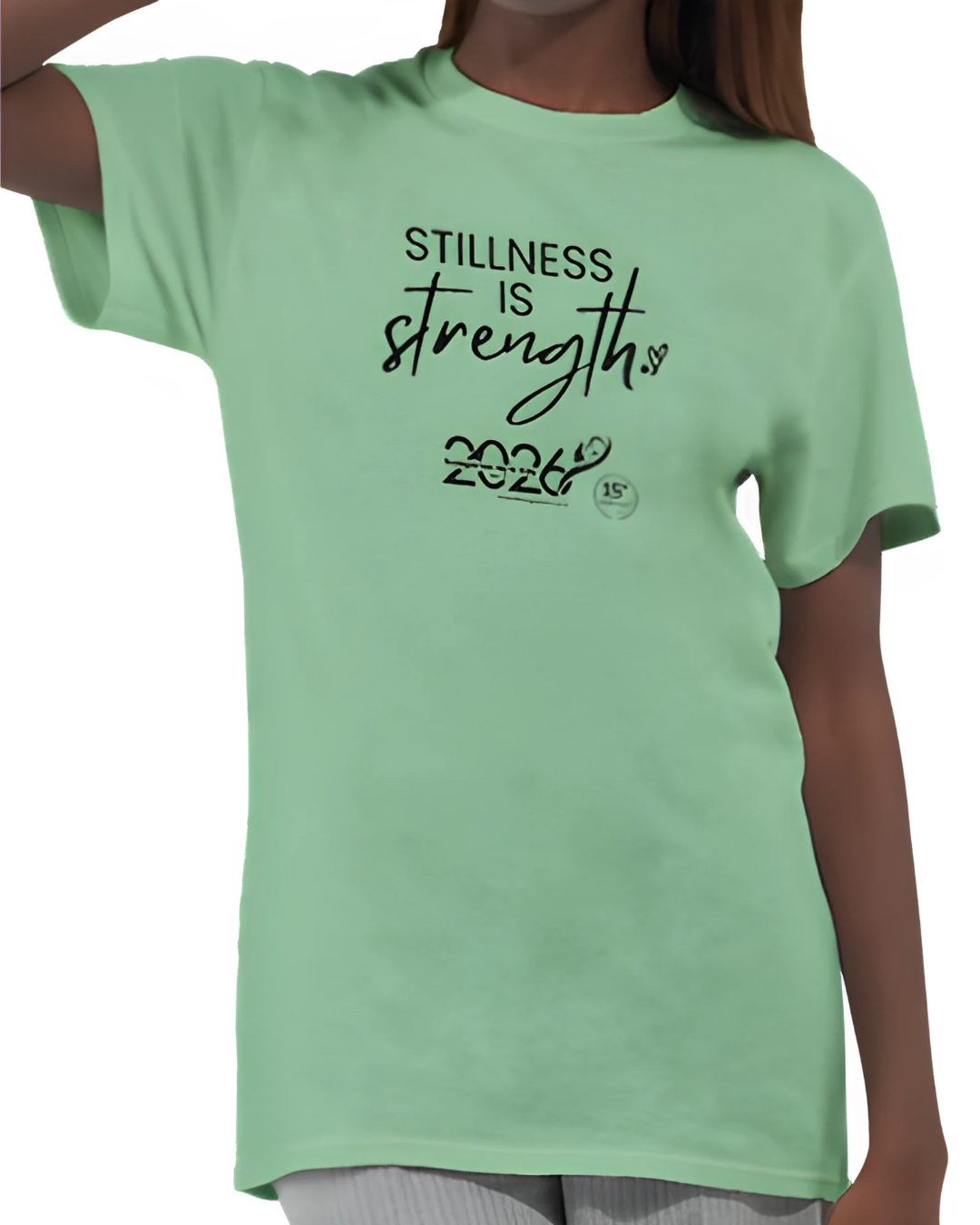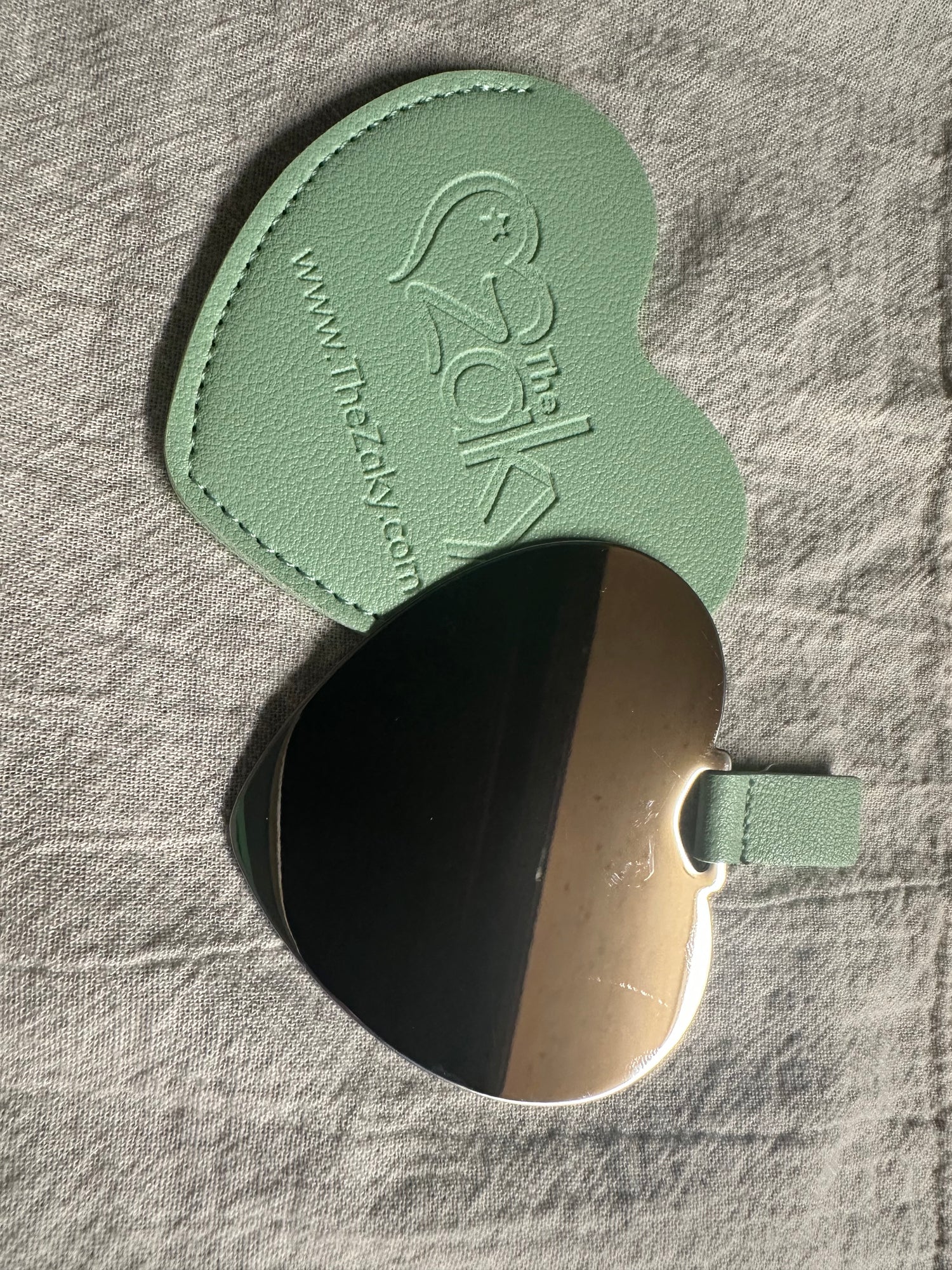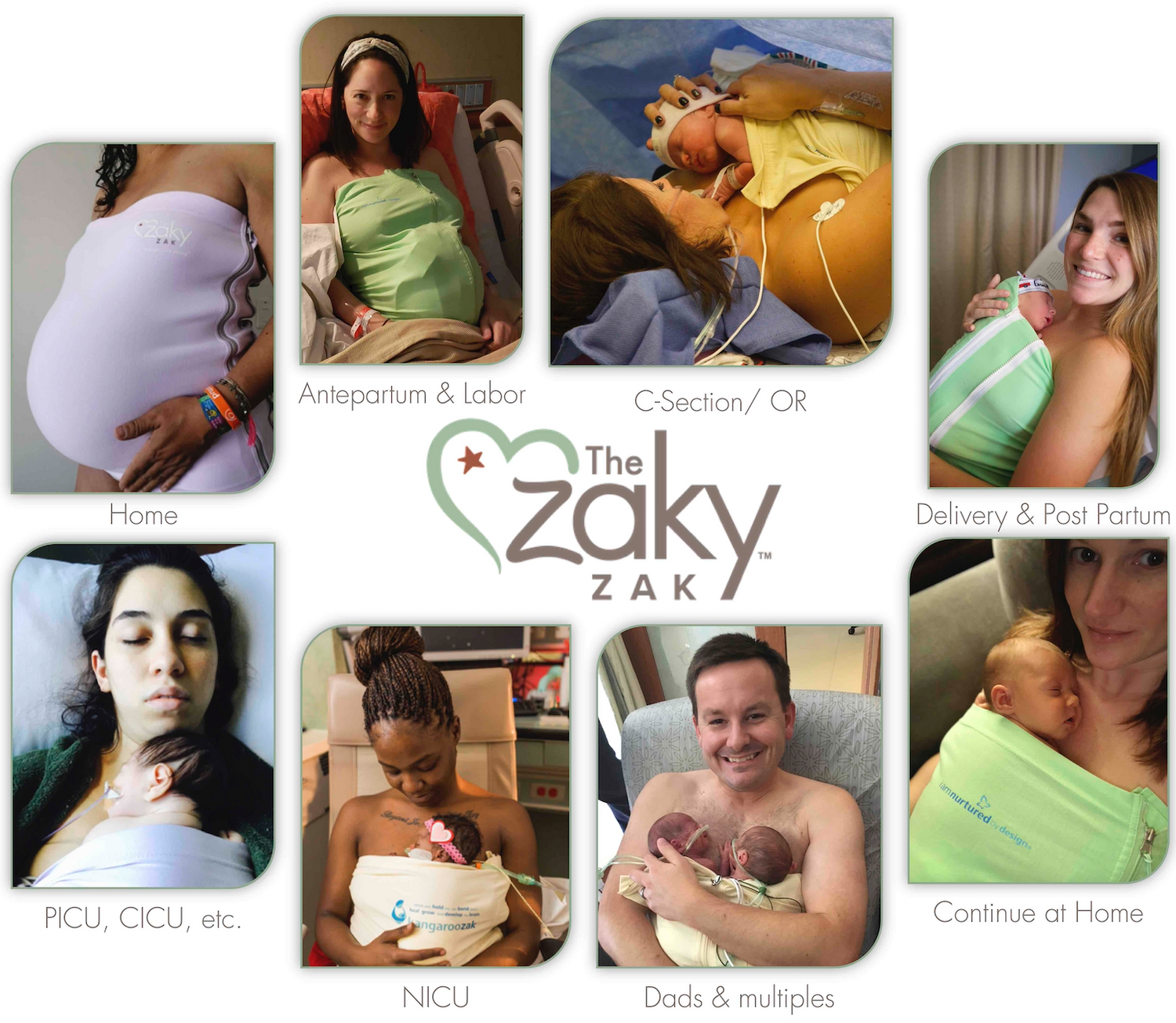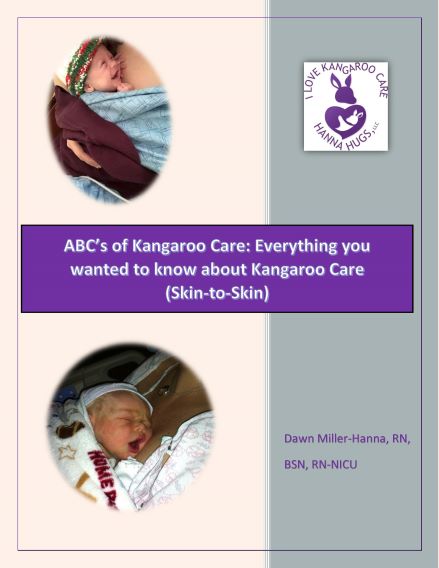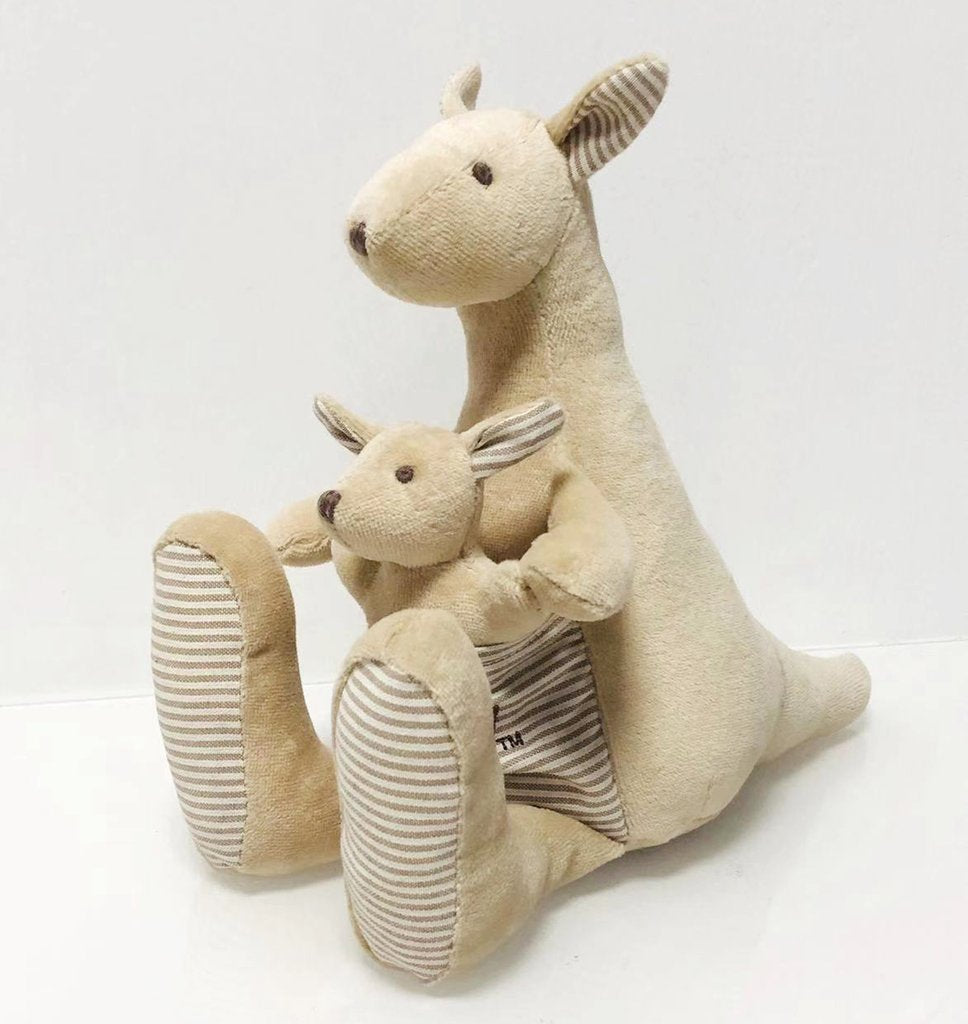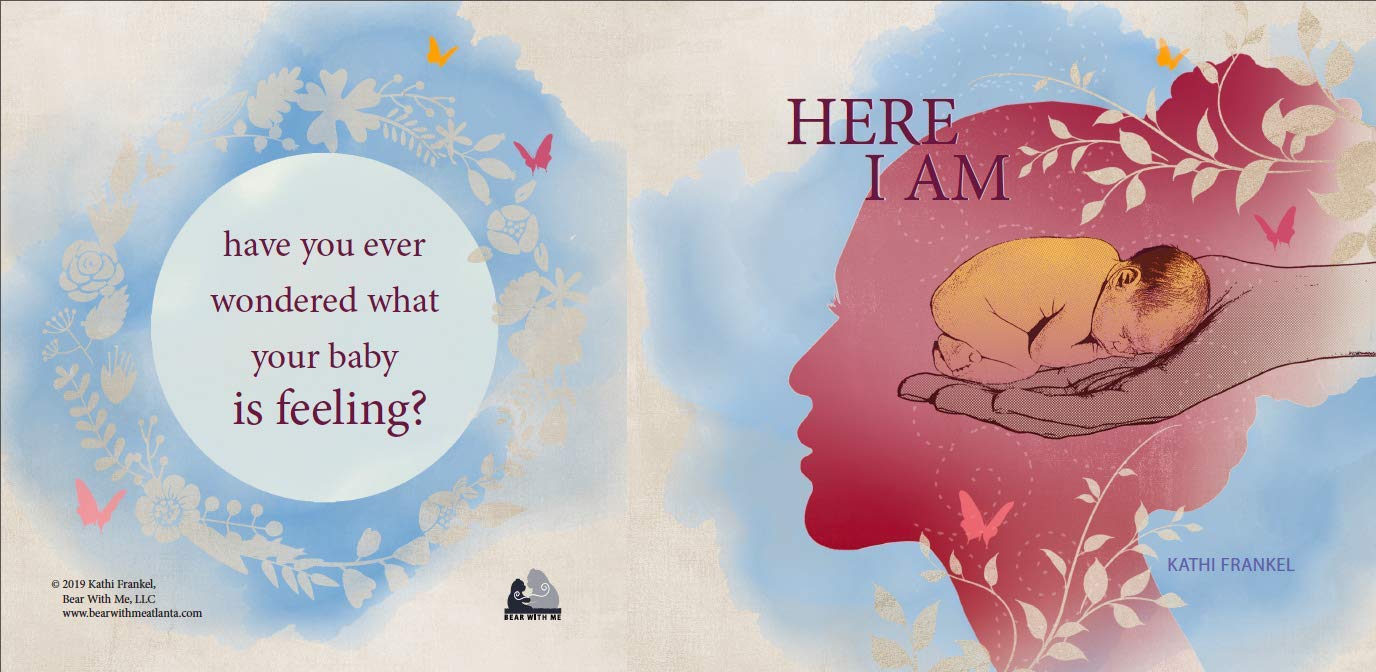Prepared by Nurtured by Design, Inc. for NICUs and not for commercial purposes.
The C.U.D.D.L.E.™ Framework supports neonatal care teams in delivering safe, unrestricted kangaroo care (uKC), particularly when fear or uncertainty arises—whether from families or clinicians. It is designed to foster trust, empower families, and reinforce kangaroo care as an essential, life-saving intervention—not just a bonding activity. This framework aligns with World Health Organization recommendations and the principles of family-centered developmental care. It may be used by NICU staff, educators, and advocates working to advance equitable access to kangaroo care.
How to Use This Framework
The six elements of the C.U.D.D.L.E.™ Framework offer practical, trauma-informed strategies that clinicians and families can use to overcome fear, build confidence, and ensure safe, consistent skin-to-skin care. Each element represents a key pillar—addressing emotional readiness, clinical safety, ergonomic stability, and equitable access. Whether applied during staff training, parent education, or bedside support, this framework helps transform hesitation into action, empowering both caregivers and clinicians to create moments of healing and connection.
C – Communicate with Compassion and Clarity
Clear, gentle, and compassionate communication reduces fear and builds trust—for both families and new clinicians. It sets the tone for a confident kangaroo care experience.
- Normalize fear without minimizing it: “It’s completely normal to feel nervous—many parents and clinicians feel this way at first. You’re not alone.”
- Commit to partnership and presence: “We’ll do this together, step by step. You’re in control, and we’re right here with you.”
- Replace uncertainty with structure: Encourage families to create a flexible weekly holding plan—who will hold, when, and for how long. This helps parents feel prepared and allows staff to plan with the family, not for them.
- Reframe the invitation to hold: Instead of “Would you like to hold your baby today?”, try “How long do you feel comfortable holding your baby today?” This small shift assumes participation and promotes confidence.
- Educate without pressure: Explain how teamwork, safety tools, and ergonomics make holding possible—even with fragile or medically complex infants.
U – Use Simulation and Safe Rehearsal
Simulations build confidence, reduce anxiety, and create a safe environment for learning—for both families and clinical staff.
- Create realistic, low-pressure simulations: Use mannequins or dolls to practice kangaroo care transfers—both sitting and standing.
- Include diverse clinical scenarios: Rehearse with both intubated and non-intubated infants, simulating real-life events such as alarms, adjustments, or pauses.
- Model ergonomics and teamwork: Demonstrate correct posture for both baby and caregiver, while showing how team members (nurses, respiratory therapists, etc.) collaborate to ensure safety.
- Invite participation—not performance: Encourage families and new clinicians to practice at their own pace, ask questions, and repeat steps without judgment.
- Debrief together: After each practice, reflect on what felt safe, what was confusing, and what additional support is needed.
D – Demonstrate with Visuals and Video Tools
Visual learning helps reduce uncertainty and shows what safe, successful kangaroo care looks like.
- Show real-life examples: Share videos of families (including those with medically complex infants) safely doing kangaroo care. Representation builds confidence.
- Use evidence-based resources: Provide instructional materials and manufacturer-approved videos for any device used to ensure proper technique.
- Make information accessible: Place visual bedside guides or QR codes linking to short, step-by-step instructions in the family’s preferred language.
- Coach visually and gently: Use mirrors and quiet, encouraging prompts to support positioning without overwhelming the caregiver.
- Reinforce and repeat: Encourage families to revisit videos and materials frequently—confidence grows with repetition.
D – Deliver Trauma-Informed Coaching
Trauma-informed coaching creates an environment of emotional safety, trust, and empowerment.
- Recognize emotional vulnerability: “You’ve already done so much just by being here. Let’s take the next step together.”
- Offer choice and control: “Would you like to start with a short session, or would you prefer to watch first?”
- Reframe perfection: “There’s no right way to feel. You don’t need to be perfect—just present.”
- Pause when needed: “Would you like a moment before we continue?”
- Affirm strength and courage: “This may feel hard—but you are doing something incredibly powerful for your baby.”
Trauma-informed coaching is not just about teaching a skill—it’s about building trust, restoring a sense of control, and protecting emotional well-being.
L – Leverage Ergonomic and Evidence-Based Supports
Well-designed tools like chairs and kangaroo care devices make kangaroo care safer and easier for infants, families, and clinicians.
- Protect infant and parent alignment and safety: Use devices that keep the baby’s weight supported and posture secure—even if the caregiver relaxes or dozes off.
- Enable quiet, uninterrupted care: Choose supports that allow immediate, hands-free access for procedures, feeding, and transfers without disrupting the baby.
- Reduce caregiver strain: Use ergonomic solutions that minimize physical stress—especially during prolonged sessions or when caring for multiples.
- Prioritize evidence-based features: Seek products with proven safety and NICU-specific engineering.
- Evaluate devices thoughtfully: Choose tools that meet safety and usability standards, enhance comfort for infants and caregivers, support safe parent rest, and ease the burden on clinical staff.
- Support equity: Ergonomic, inclusive solutions allow caregivers of all body types and abilities to safely hold their babies.
E – Empower with Encouragement and Equity
Kangaroo care is a right, not a privilege. Every caregiver should feel welcomed, capable, and supported.
- Celebrate every step: Each hold, each breath, each moment of connection matters.
- Name the science of presence: “Your touch, voice, and scent are essential for your baby’s healing and development.”
- Include all authorized caregivers: Kangaroo care is for mothers, fathers, partners, grandparents, and any adult with the parents’ explicit permission. As Yamile Jackson says: “Any healthy chest is better than a mattress.”
- Identify and remove barriers: Address policies, social biases, equipment gaps, or fears that prevent safe and consistent kangaroo care.
- Reframe care as essential: Make kangaroo care central to the care plan—not an optional extra.
Conclusion
The C.U.D.D.L.E.™ Framework reminds us that kangaroo care is not optional—it is essential. Whether you are a new clinician learning to support families, or a parent feeling uncertain about holding your fragile baby, know this: the body is medicine, and connection is care. With preparation, compassion, and evidence-based support, we can remove fear, reduce risk, and restore caregivers to the center of the healing journey. By embracing this framework, we create a culture where every baby is held, every caregiver is supported, and no one feels alone in the most vulnerable moments of life.
©2025, Nurtured by Design, Inc. All Rights Reserved.
